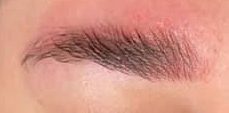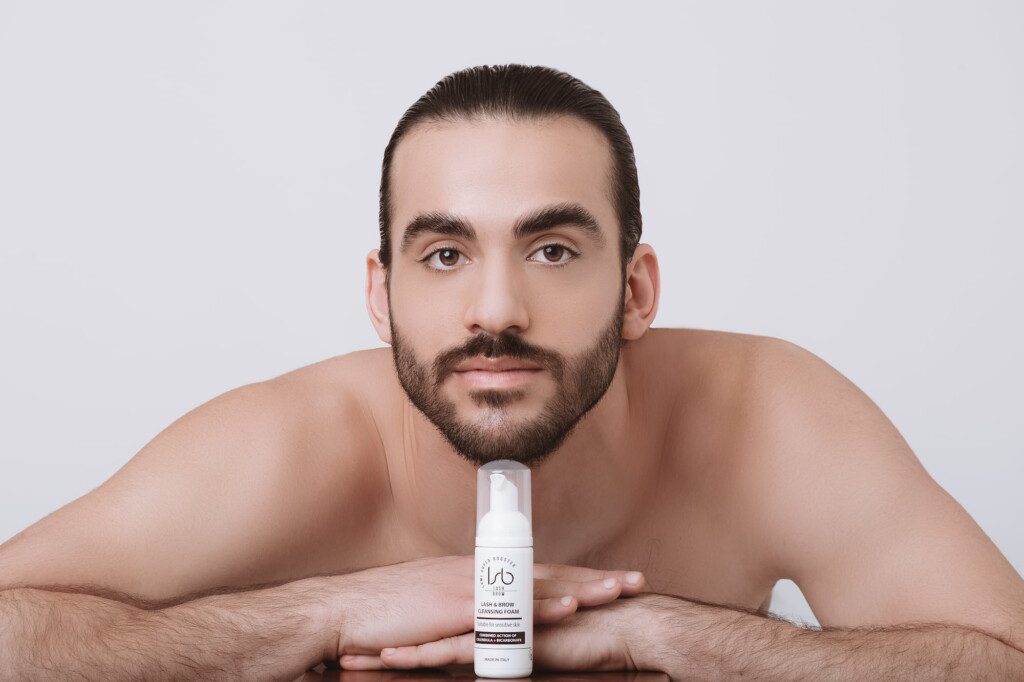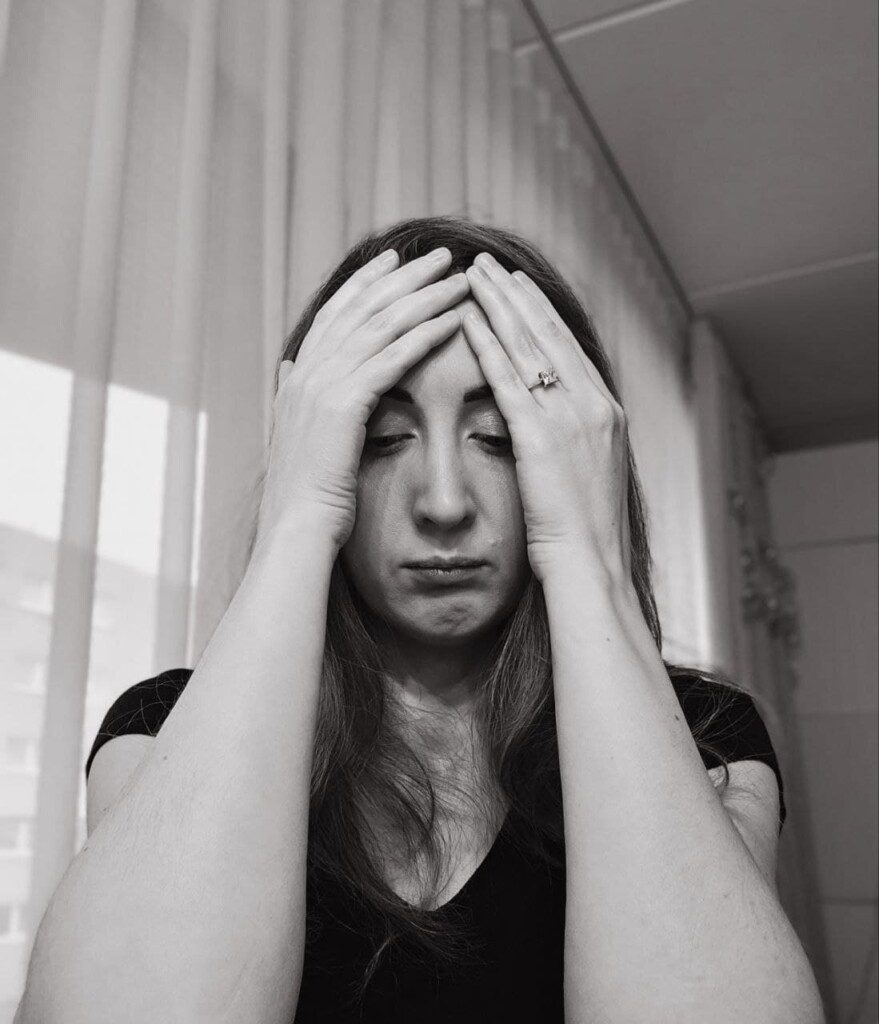Brow lamination has become a popular beauty treatment, but like all chemical-based services, it carries some risks. One potential issue is chemical burns. Although rare, these burns can occur if the procedure isn’t done correctly, or if a client has a sensitivity to the products used. For beauty technicians, it’s essential to know how to manage such situations and offer sound advice, while remaining within the bounds of your professional capacity. Let’s explore the best practices for handling chemical burns, preventing them, and providing safe aftercare.
Immediate Action: What to Do First
If a client shows signs of a chemical burn during or after the brow lamination, the first priority is immediate action. The most important step is to recommend that your client seek professional medical advice from a doctor or pharmacist. This is crucial because burns, even minor ones, can lead to infection or scarring if not treated properly. Medical professionals can assess the severity of the burn and suggest appropriate treatment options.
In the meantime, while your client awaits medical assistance, applying a cool compress to the affected area can help reduce swelling and relieve discomfort. Be sure to use sterile materials for the compress to prevent bacteria from aggravating the injury. This simple step helps limit further damage to the skin and offers temporary relief.
Topical Treatments: What to Consider
Once a medical professional has evaluated the situation, they might suggest topical treatments to assist in the healing process. It’s important to note that as a beauty technician, you should avoid recommending these treatments unless they’ve been cleared by a healthcare professional. However, you can inform your client about some common remedies that may be discussed with their doctor:
- Hydrocortisone cream: This over-the-counter steroid cream is effective in reducing inflammation and itching. It’s particularly useful for mild chemical burns and can provide quick relief. However, advise clients to use it sparingly and as directed, as prolonged use can thin the skin.
- Sudocrem: This multi-purpose healing cream contains zinc oxide, which has antiseptic and astringent properties. It forms a protective barrier over the skin, promoting healing and reducing the risk of infection. Its gentle formulation makes it suitable for sensitive skin areas like the eyebrows.
- Moisturizers with beneficial ingredients: Look for products containing hyaluronic acid, which helps retain moisture in the skin, ceramides that support the skin barrier, or aloe vera gel known for its soothing and healing properties. These ingredients can help restore the skin’s moisture balance and promote faster healing.
Additionally, products with panthenol (vitamin B5) for its wound-healing properties, or niacinamide (vitamin B3) to help repair the skin barrier. Brow lamination procedures can sometimes lead to dryness, so emphasizing proper moisturization is key.
However, it’s essential that your clients get approval from a medical professional before using any of these treatments.
Preventing Chemical Burns: Best Practices
While it’s important to know how to treat chemical burns, prevention should always be the goal. One of the best ways to protect your clients from potential harm is by conducting a patch test 48 hours before any brow lamination treatment. This test helps identify whether a client is allergic or sensitive to the products you plan to use.
Another key preventative measure is using only high-quality, professional-grade products that are formulated specifically for brow lamination. Products with incorrect pH levels or lower standards can increase the likelihood of burns. Always source from reputable suppliers, ensuring that the formulas you use are safe and suitable for professional use.
Timing is another crucial factor in preventing chemical burns. Overprocessing, caused by leaving solutions on for too long, is one of the most common causes of burns in brow lamination procedures. Adhering to the recommended processing times is critical—never leave the chemicals on for longer than instructed, even if it seems like your client’s brows need a little extra time.
Clients who use retinol or chemical exfoliants are at a higher risk for chemical burns, as these products thin the skin, making it more sensitive to the brow lamination solution. As a safety measure, advise clients to discontinue the use of these products at least one week before their brow lamination appointment.
Finally, ensure that you and your staff are well-trained and regularly updated on the latest brow lamination techniques. Staying informed about the proper procedures reduces the risk of complications and improves the overall quality of service you provide.
Aftercare: Protecting the Skin Post-Treatment
After the procedure, your role as a beauty technician extends to providing thorough aftercare instructions to clients. Proper aftercare can prevent irritation and ensure the best possible results. Make sure your clients know to:
- Avoid sunbeds for at least 48 hours post-treatment. UV exposure can further irritate chemically treated skin and increase the risk of hyperpigmentation.
- Use gentle, fragrance-free cleansers and moisturizers. Harsh products can exacerbate irritation and slow down the healing process. Recommend mild, hypoallergenic products specifically designed for sensitive skin.
- Apply castor oil or brow repair serum to nurture follicles. These can help strengthen the brow hairs and promote healthy growth. Castor oil, in particular, is known for its nourishing properties and can help mitigate any damage caused by the lamination process.
- Avoid makeup and skincare products with harsh ingredients. This includes alcohol-based products, strong acids, or abrasive exfoliants. Advise clients to wait at least 24-48 hours before applying any makeup to the brow area.
- Keep the area clean and dry. Instruct clients to gently pat the area dry after cleansing and avoid rubbing, which can cause further irritation.
When to Seek Medical Attention
Although most brow lamination procedures go smoothly, it’s important for clients to know when to seek medical help. If they experience severe pain, swelling, or blistering, or if they notice any signs of infection such as pus or fever, they should immediately consult a healthcare professional. Additionally, if any symptoms of an allergic reaction arise—such as difficulty breathing or swelling beyond the treated area—clients must seek emergency care without delay.
Persistent redness or irritation that lasts more than a few days can also signal an issue requiring medical attention. Finally, if the chemical has affected the eye area, or if the client experiences changes in vision, it’s critical to seek immediate medical care to prevent potential long-term damage.
Safe Removal of Brow Lamination
Occasionally, a client may want to reverse the effects of brow lamination. While it’s always best to have the removal performed by a professional, there are a few at-home tips you can share with your clients if needed.
Advise them to gently cleanse their brows using a mild, fragrance-free cleanser. Following this, they can apply nourishing oils like castor oil to soften the laminated hairs. Over time, the lamination will naturally wear off, typically within 4-6 weeks. In the meantime, encourage them to use a brow serum to promote healthy hair growth. However, caution them against using any chemical products to reverse the process on their own, as this can lead to further damage.
Conclusion
Handling chemical burns during brow lamination requires a careful balance of swift action and prevention. Immediate medical attention is essential to prevent long-term damage, but as a beauty technician, your focus should also be on reducing the risks through proper technique, product quality, and thorough aftercare instructions.
By staying educated and emphasizing safety, you can ensure that your clients enjoy the best possible results with minimal risk. Always prioritize client safety, and make it a point to follow professional guidelines while remaining within the scope of your expertise.





